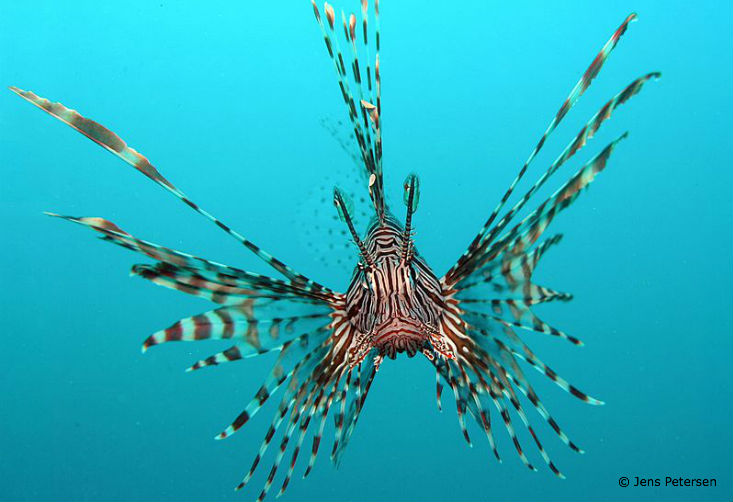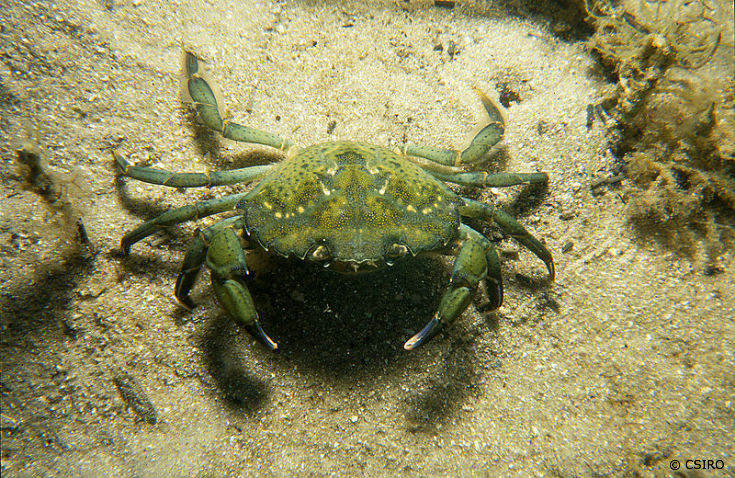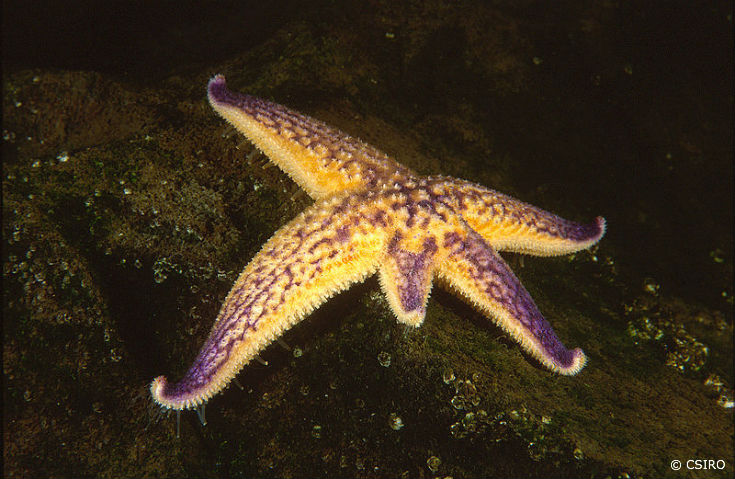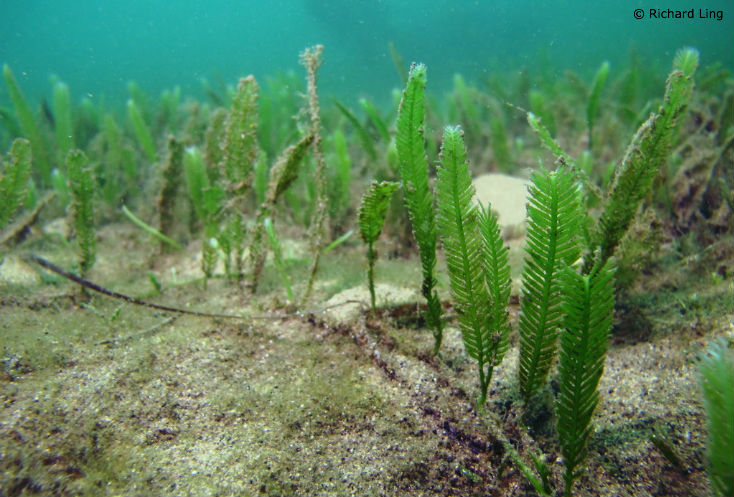The Ocean’s Least Wanted: 4 Invasive Species to Know

This week we are diving into one of the biggest conservation threats worldwide: invasive species. Defined as organisms that have been introduced into an area where they aren’t native and are negatively impacting the ecosystem, the economy and/or human health, invasive species account for $1.4 trillion in damage annually. In the United States alone, 42% of Threatened and Endangered Species are at risk due to invasives.
Some marine invasive species hitchhike on ships or in ballast water, while others are intentionally released by well-meaning but misguided aquarium owners. Regardless of how they arrive, marine invasive species put both ecosystems and economies at risk. And in a time of massive global trade where 45,000 cargo ships move more than 10 billion tons of ballast water worldwide each year, conditions are ripe for invasive species to spread.
In honor of National Invasive Species Awareness Week, we’re delving into some marine invasives that are wreaking havoc in their non-native environments. Here are four marine invasive species you should know:
Originally from the Indo-Pacific, lionfish were introduced off the coast of South Florida in the mid-1980s and have since become one of the most prolific invasive marine species in the world. Lionfish are the “Hoover vacuums of the sea,” and dense lionfish populations can consume up to 460,000 prey fish per acre per year. With no natural predators in the invaded range and very high breeding rates (one female can spawn over 2 million eggs per year!), lionfish are a huge threat to native fish in the Western Atlantic, Caribbean and Gulf of Mexico. To top it off, they have a series of venomous spines that cause extreme pain and swelling if injected.
Fortunately, people are fighting back. Consistent local removal efforts can greatly reduce lionfish populations, allowing native fish to rebound. Lionfish are also delicious, and many restaurants are adopting the “gotta eat ‘em to beat ‘em” mentality by serving the fish on their menus.
European green crab: Small but mighty
This pesky invader is bad news for the shellfish industry. Hailing from the European coast and Northern Africa, European green crabs made their invasive debut off Cape Cod in the 1800s, likely through seafood shipments or ballast water. They now have established populations on five continents, and are prolific on both U.S. Atlantic and Pacific coasts. European green crabs thrive in their invaded range — they will practically try to eat anything their size or smaller, and one crab can consume three-dozen small mussels a day. They’re expertly skilled at digging up and cracking young clams and oysters, and are suspected to be primarily responsible for shutting down commercial clam harvesting in some of Maine.
Management strategies include chemical control and trapping and removal programs. Some states have also tried netting juvenile clams to protect them from these voracious predators.
Northern Pacific seastar: Beautiful but deadly
Don’t let looks deceive you: This seastar may be pretty, but it’s a deadly predator. As its name suggests, they originate from the northern Pacific region off the coasts of China, North Korea, South Korea, Russia and Japan, and can now be found in southern Australia, the U.S. and Europe. They will eat almost anything they can get their arms on, including a variety of bivalves, mollusks, crustaceans and other echinoderms. This has massive implications for the economy—northern Pacific seastars are credited with an estimated billion dollar loss in the fishing industry in Tasmania. Their massive appetite combined lead northern Pacific seastars to be named one of the world’s 100 worst invasive species. For now, people rely on physical removal and the use of traps to control their populations.
Killer algae: Mean and green
The name says it all. This algae was originally from the Indian and Pacific oceans and bred for the aquarium trade, where its attractive color and hardy nature made it a favorite of hobbyists around the world. It ultimately escaped and spread throughout the Mediterranean, likely aided through aquariums dumping their tank water into local waterways. The algae quickly forms dense meadows that crowd out native algae and seagrasses, restricting food and habitat for marine life and causing immense ecological harm. To top it off, it’s highly toxic to native herbivores, so control through grazing is practically nonexistent. One study showed that native urchins would rather starve than feed on the algae.
Although there isn’t a widespread management strategy, a California outbreak was stopped by applying herbicide and covering the impacted area with a tarp.
Did we miss any must-know invasive species? Let us know in the comments below!



